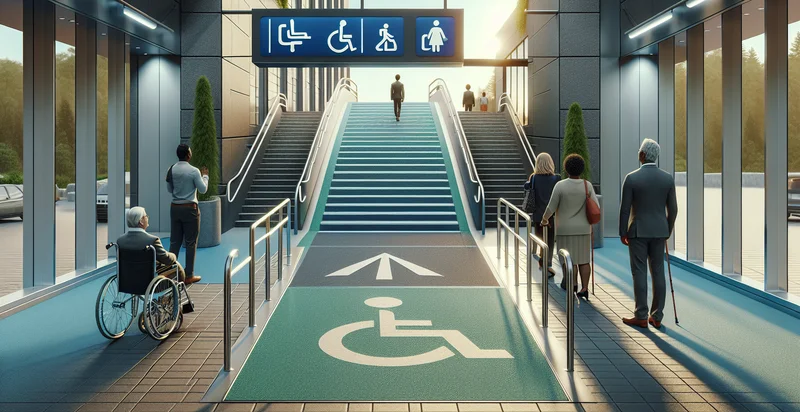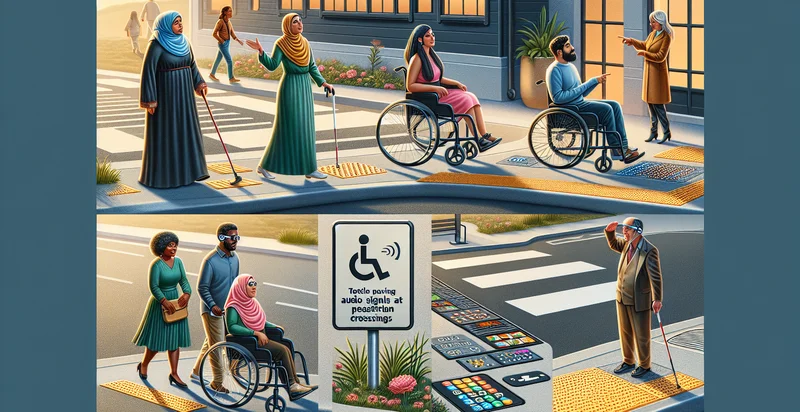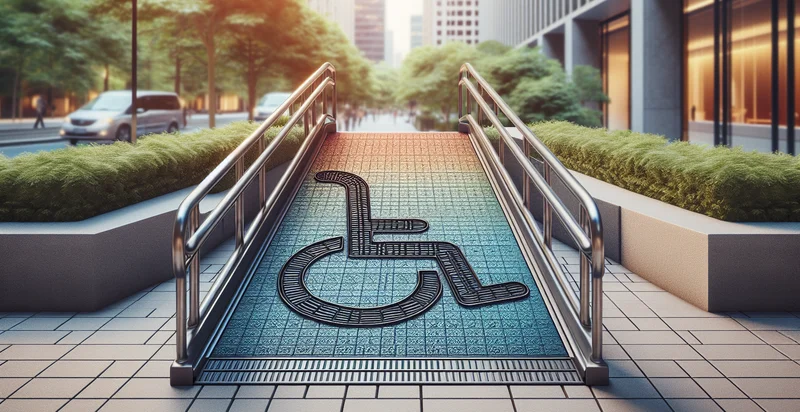Identify if there's disability access
using AI
Below is a free classifier to identify if there's disability access. Just upload your image, and our AI will predict if there's disability access - in just seconds.

Contact us for API access
Or, use Nyckel to build highly-accurate custom classifiers in just minutes. No PhD required.
Get started
import nyckel
credentials = nyckel.Credentials("YOUR_CLIENT_ID", "YOUR_CLIENT_SECRET")
nyckel.invoke("if-there's-disability-access", "your_image_url", credentials)
fetch('https://www.nyckel.com/v1/functions/if-there's-disability-access/invoke', {
method: 'POST',
headers: {
'Authorization': 'Bearer ' + 'YOUR_BEARER_TOKEN',
'Content-Type': 'application/json',
},
body: JSON.stringify(
{"data": "your_image_url"}
)
})
.then(response => response.json())
.then(data => console.log(data));
curl -X POST \
-H "Content-Type: application/json" \
-H "Authorization: Bearer YOUR_BEARER_TOKEN" \
-d '{"data": "your_image_url"}' \
https://www.nyckel.com/v1/functions/if-there's-disability-access/invoke
How this classifier works
To start, upload your image. Our AI tool will then predict if there's disability access.
This pretrained image model uses a Nyckel-created dataset and has 2 labels, including Accessible and Not Accessible.
We'll also show a confidence score (the higher the number, the more confident the AI model is around if there's disability access).
Whether you're just curious or building if there's disability access detection into your application, we hope our classifier proves helpful.
Recommended Classifiers
Need to identify if there's disability access at scale?
Get API or Zapier access to this classifier for free. It's perfect for:
- Accessibility Compliance Monitoring: Organizations can utilize the image classification function to regularly assess and ensure that their facilities meet accessibility standards. By identifying features like ramps and handrails, businesses can comply with legal requirements, reducing the risk of fines and improving public perception.
- Real Estate Accessibility Listings: Real estate platforms can integrate this function to provide potential buyers or renters with information about disability access in properties. By automatically tagging images of features like wide doorways and lifts, users can filter searches based on their accessibility needs, enhancing customer satisfaction.
- Event Venue Evaluation: Event organizers can use the function to evaluate venues for accessibility ahead of time. By analyzing images to identify access points and accommodations, planners can better meet the needs of all attendees, ensuring a more inclusive experience.
- Urban Planning and Development: Urban planners can leverage this technology to analyze images of existing infrastructure for accessibility features. By identifying areas lacking in disability access, planners can make informed decisions about where to implement improvements or new developments.
- Insurance Claim Assessments: Insurance companies can use the image classification function to evaluate claims related to accessibility improvements or damages. By analyzing images of property features, insurers can streamline the assessment process and validate claims more effectively.
- Retail Experience Enhancement: Retailers can implement this function to assess their store layouts and identify areas that lack disability access. By improving these features, businesses can create a more welcoming environment for all customers, potentially increasing foot traffic and sales.
- Travel and Tourism Services: Travel agencies can utilize the image classification function to curate accessible travel packages. By identifying accessible features in destinations and accommodations, they can cater to individuals with disabilities, enhancing their travel options and experiences.


